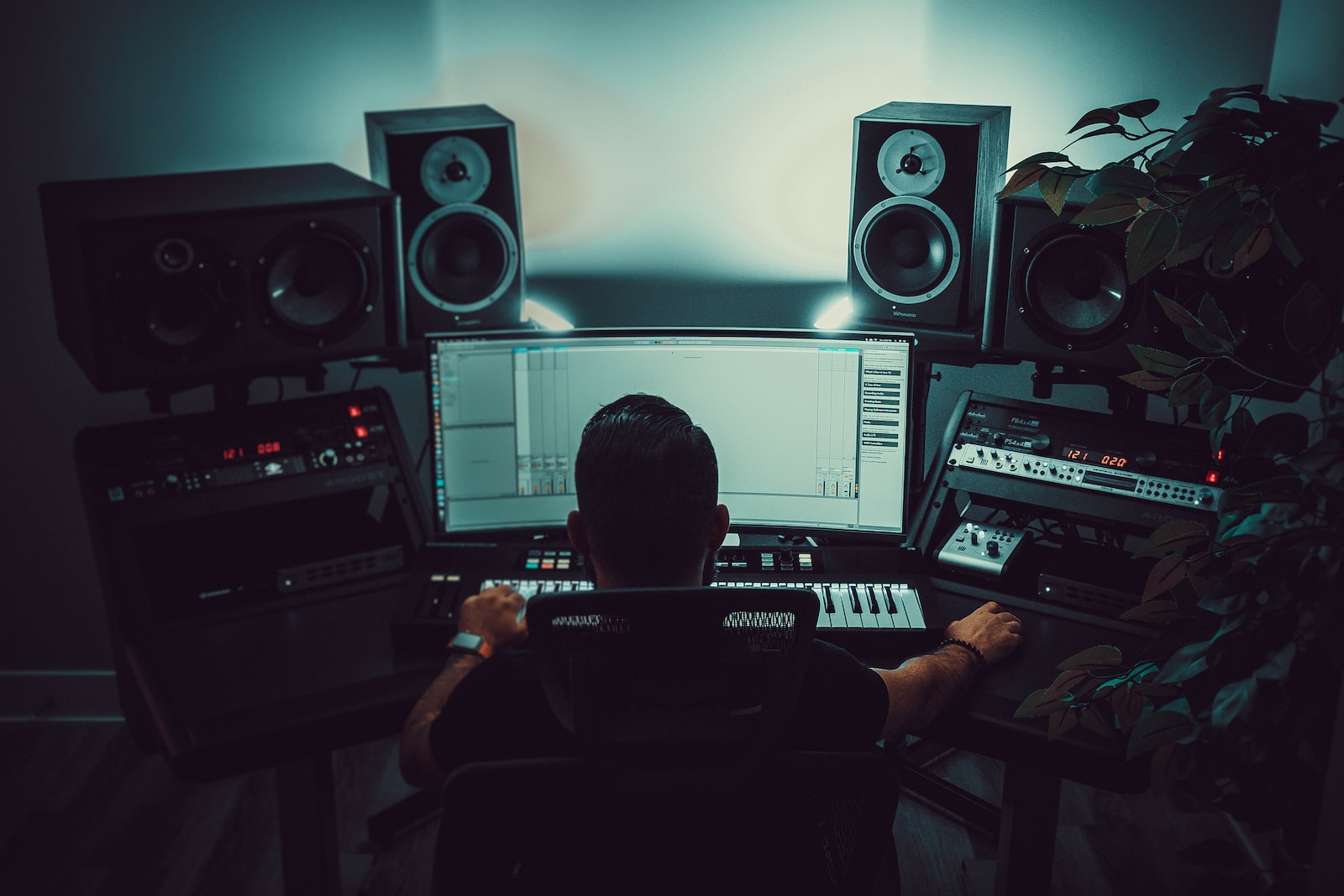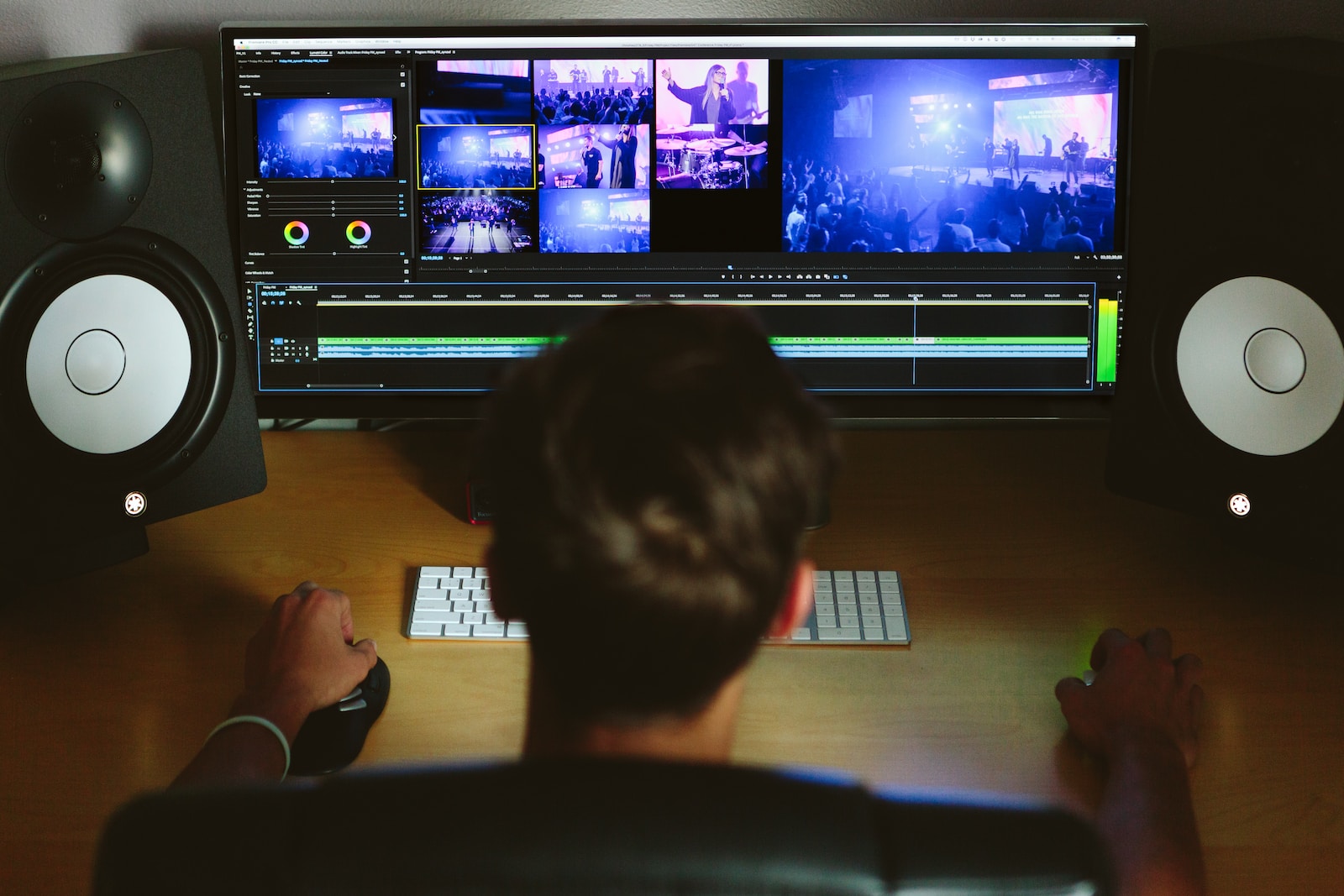
Setting up studio speakers properly is essential for achieving accurate sound and getting the best out of your speakers. Here are some principles to keep in mind when setting up your studio speakers:
- Speaker placement: The position of your speakers in your room is crucial. Ideally, you want to position your speakers in an equilateral triangle, with your head forming the third point of the triangle. The distance between the speakers and the distance between the speakers and your head should be equal. This will help to create a balanced sound and reduce the impact of room acoustics.
- Room acoustics: The acoustic properties of your room can have a significant impact on the sound you hear from your speakers. Ideally, you want to minimize reflections and standing waves that can cause frequency response issues. You can achieve this by using acoustic treatment, such as absorptive panels, diffusers, and bass traps, to control the reflections and reverberation in your room.
- Vibrations and resonance: Vibrations and resonance produced by the speakers themselves, along with the sound waves produced, can transfer to the surface the speaker is placed on and cause unwanted vibration and noise, which may lead to unwanted resonance that can color the sound and reduce its accuracy. To reduce and eliminate them, consider use speaker isolation pads or speaker decouplers.
- Speaker angle: The angle of your speakers can also affect the sound you hear. Generally, speakers should be angled towards your ears to ensure that the sound is directed towards you. A good starting point is to position the speakers at a 60-degree angle to your listening position.
- Speaker height: The height of your speakers can also affect the sound. Generally, you want your speakers to be positioned at ear level. If your speakers are too low or too high, it can affect the stereo image and tonal balance.
- Subwoofer placement: If you are using a subwoofer, its placement can also affect the sound. Ideally, you want to position the subwoofer in a location that minimizes standing waves and maximizes bass response. A good starting point is to position the subwoofer in a corner of the room, but you may need to experiment with different locations to find the best position.
- Calibration: Finally, it’s important to calibrate your speakers to ensure that they are working together correctly. You can use tools like room correction software or an SPL meter to measure the frequency response and adjust the speaker settings accordingly.

When setting up your studio speakers, consider these principles to ensure that you are getting the most accurate and balanced sound possible. Keep in mind that the acoustics of your room and the quality of your speakers can have a significant impact on the final sound, so it’s worth investing in high-quality speakers and acoustic treatment to achieve the best results.

